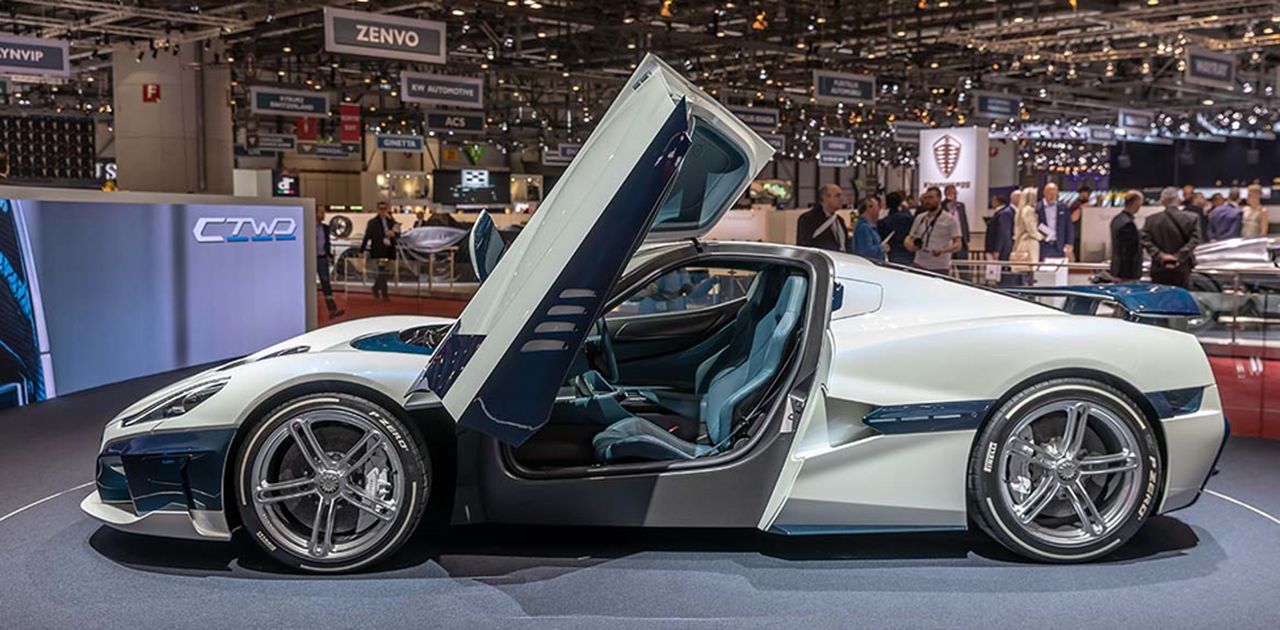At present, the automobile industry is already the vertical industry with the largest number of 3D printing applications, and judging from the trend, the application of 3D printing in the automobile field will open up also the path to favorable development conditions.
The first is the question of the industrial chain. Under the trend of global economicization and the influence of capital’s pursuit of profit, the industrial chain of the automobile industry has expanded to many countries around the world. However, under the influence of the epidemic, some sectors of the automobile industry have faced shortages and increased transportation times.
Established automotive powers such as the United States, Germany and Japan all face a broken industrial chain. Except for some high-precision parts produced by their own companies, many other accessories need to be purchased from other countries. Additionally, through the impact of labor costs and production costs (a certain amount is needed to spread the costs), they are also able to re-establish their own supply chains. Therefore, they are currently focusing on research on 3D printing technology, hoping to produce some parts through 3D printing technology.
The rapid development of electric vehicles also promotes the application of 3D printing technology in the automobile industry. It is expected that by 2035, more than half of new cars sold will be electric vehicles and, in some countries, this proportion could reach 80%. In order to capture the market, more than 400 electric vehicles could be launched in the next eight years. This makes the development cycle very tight and 3D printing has the advantage of quickly manufacturing various prototypes during the research and development phase.


Additionally, 3D printed parts can be fully topologically optimized or directly use parametric generative design to create higher performing, lighter parts. Multiple parts can also be combined into a single integrated component, reducing installation steps. Especially for electric vehicles, the weight reduction is even greater in order to increase their cruising range. Therefore, for some parts, 3D printing may cost more than parts manufactured by traditional processes, but if we take into account the costs of subsequent use, the overall cost will be lower.
In practical applications, engineers also use clever designs to offset the benefits of 3D printing. Due to casting technology, 3D printed objects will have layers on their surface, which affects their appearance. However, by designing different surface shapes, this shortcoming can be well compensated and the options can be enriched. For example, most of today’s car interiors have leather textures. 3D printing allows you to obtain different textures.


Generally speaking, 3D printing will therefore have good development prospects in the automotive industry.
Daguang focuses on providing solutions such as precision CNC machining services (3-axis, 4-axis, 5-axis machining), CNC milling, 3D printing and rapid prototyping services.

















